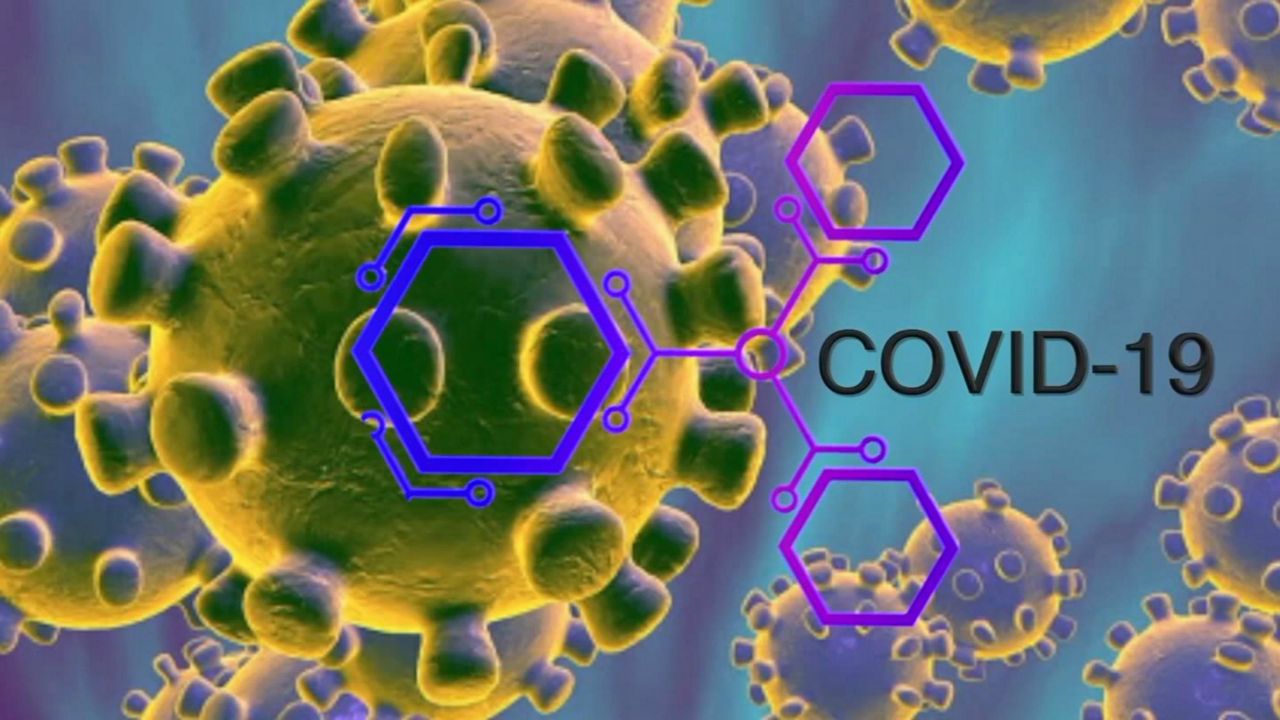
MSCs derived from umbilical cord tissue (mesenchymal stem cells), have helped decrease post-acute symptoms of COVID 19 by clearly decreasing inflammatory cytokines, regulating the immune system and doing so at a much more favorable rate.
Explanation of the POST-acute syndrome of COVID-19. (COVID-19 long distance) Similar to post-acute viral syndromes described in survivors of other harmful coronavirus epidemics, there are increasing reports of lingering effects and prolonged after acute COVID-19. Patient advocacy groups have helped in contributing to the identification of post-acute COVID-19, a known syndrome for their persistent symptoms and/or delayed or long-term complications beyond 4 weeks from symptom onset.
Research shows that 50 to 80 percent of patients who recover from COVID-19 experience at least some lingering side effects 3 months after coronavirus onset.
Prolonged duration of symptoms and disability are common in patients who have been hospitalized with a severe form of COVID-19.
Patient interviews suggest that while 65 percent of patients who were discharged from the hospital after being treated for a severe form of COVID-19 had returned to full health, while 35 percent were still struggling. for fully recovering more than 2 weeks after being hospitalized.
Long-distance COVID-19 symptoms
• Difficulty breathing
• Fatigue
• Body aches
• Headache
• Difficult to focus
• Loss of taste or smell
Mesenchymal stem cell therapy for COVID-19 Since the COVID-19 pandemic began, many studies have been conducted with the aim of establishing the safety and exploring the efficacy of umbilical cord MSC infusions in subjects with COVID-19. Intravenously administered MSCs can significantly reduce significant adverse reactions, mortality, and rate of recovery in subjects with COVID-19.
Therapeutic uses of stem cells as a potential therapy for a variety of diseases have been over-explored, the number of clinical trials conducted with MSCs has increased exponentially in recent years.
The stated primary purpose of our protocol is the marked reduction in levels of chronic low-grade inflammation over a significant period of time.
Stem cells have a unique and intrinsic property that attracts them to inflammation in the body. Studies indicate that stem cells can regenerate damaged or diseased tissues, reduce inflammation and modulate the immune system seeking better health and quality of life.
When it comes to post-acute COVID-19 syndrome, patients can expect fewer long-term complications, a better rate of recovery, depletion of persistent COVID-19-related symptoms, and general relief of inflammation in whole body.
Minimally invasive treatment.
Improve the body's natural healing ability.
Patients report significant improvement.
Timely, safe and regulated protocol.
Severely ill COVID-19 patient effectively treated with mesenchymal stem cells.
A laboratory has received emergency use authorization from the FDA (US Food and Drug Administration) to treat a seriously ill COVID-19 patient with SCD in the United States.
Patient History
This patient was admitted to the emergency room with classic symptoms of COVID-19 at the end of April and had several comorbidities before admission. Meanwhile, intubated in the intensive care unit (ICU), the patient's condition worsened while using standard care and convalescent plasma treatment. The patient's kidney and liver function began to fail, requiring dialysis. Additionally, the patient experienced sepsis and a stroke while in the ICU and was in a coma for nearly 7 weeks.
Treatment result
As a result of treatment, the patient experienced resolution of various organ failures, recovery from coma, and restoration of neurological, pulmonary, hepatic, and renal function. The patient was withdrawn from mechanical ventilation and dialysis. The patient is now eating, drinking, speaking, and has regained motor function. Inflammation levels returned to healthy levels. The patient has recently been discharged from the ICU and is currently undergoing physical therapy to recover from the stroke sustained while in the ICU.
"We are pleased to have achieved this milestone which was based on a deep understanding of the science of stem cell biology," said Dr. Jim Musick, CEO of Vitro Biopharma.
"While regeneration of destroyed cells is a common effect of stem cell therapy, stem cells also regenerate damaged cells using various regenerative processes that restore function to healthy organs. The results of this case support the further study of mesenchymal stem cell therapy for patients with COVID-19 and other conditions characterized by acute respiratory distress eventually related to inflammatory cytokine cascade being neutralized Our stem cell product and protocol demonstrates effective therapeutic application in the treatment of multi-organ failure associated with COVID-19 infections".